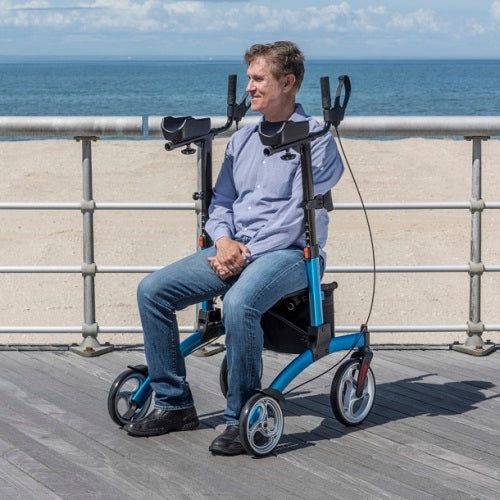Navigating the world can be a challenge for individuals with mobility impairments. However, many communities offer programs designed to provide support and enhance accessibility. Whether you’re looking for mobility aids, transportation services, or social connections, there are resources available to help mobility aids near me. In this blog post, we’ll explore some of the key mobility aid programs that you can find in your local area and how to connect with them.

Understanding Mobility Aid Programs
Mobility aid programs encompass a wide range of services and equipment aimed at improving the quality of life for individuals with mobility challenges. These programs may include:
- Equipment Loan Programs: Many communities have programs that allow individuals to borrow wheelchairs, scooters, and other mobility aids at little to no cost.
- Transportation Services: Accessible transportation options are crucial for maintaining independence. Many cities offer specialized transport services for individuals with disabilities.
- Support Groups: Connecting with others who face similar challenges can provide emotional support and practical advice. Local organizations often host meet-ups and workshops.
- Advocacy Services: Some programs focus on helping individuals navigate resources and rights related to mobility access.
Finding Mobility Aid Programs Near You
- Local Nonprofits and Charities: Organizations like the Red Cross or local disability advocacy groups often run programs that provide mobility aids or assistance. Check their websites or contact them directly for more information.
- Community Centers: Your local community center may host mobility aid programs or have information about resources in your area. Many community centers also offer activities designed to bring together individuals with mobility challenges.
- Public Libraries: Some libraries offer resources on accessibility, including information on mobility aids and local programs. They may also host events that promote inclusivity.
- Health Care Providers: Speak with your doctor or physical therapist. They can often recommend local programs and resources tailored to your needs.
- Online Resources: Websites like Aging.com or Disability.gov provide databases of mobility aid programs. Additionally, social media platforms often have local groups where community members share resources.
How to Get Involved
Once you’ve identified programs in your area, consider the following steps to get involved:
- Reach Out: Contact the programs directly to inquire about their services, eligibility requirements, and any upcoming events.
- Attend Workshops or Events: Many programs host workshops or social events. These gatherings are excellent opportunities to meet others and learn about available resources.
- Volunteer: If you’re able, consider volunteering with local organizations. Your support can make a significant difference in the lives of others.
- Spread the Word: Share information about mobility aid programs within your network. The more people know about these resources, the more lives they can touch.
Conclusion
Connecting with community mobility aid programs can significantly enhance the quality of life for individuals with mobility challenges. By taking advantage of local resources, you can not only improve your own independence but also foster a sense of community and support for others facing similar challenges. Don’t hesitate to reach out and explore the opportunities available in your area—your next connection might be just around the corner!
4o mini
